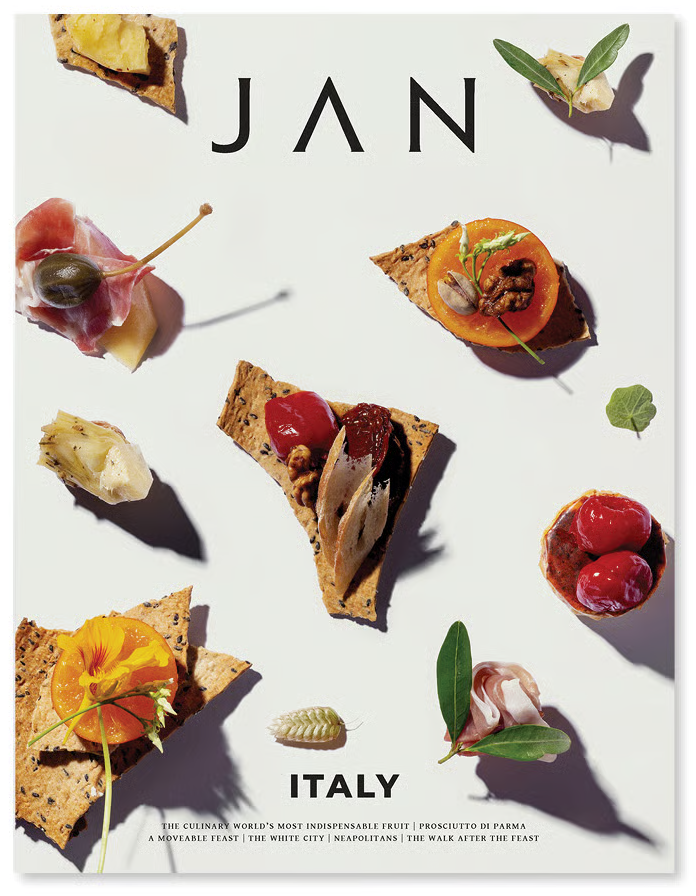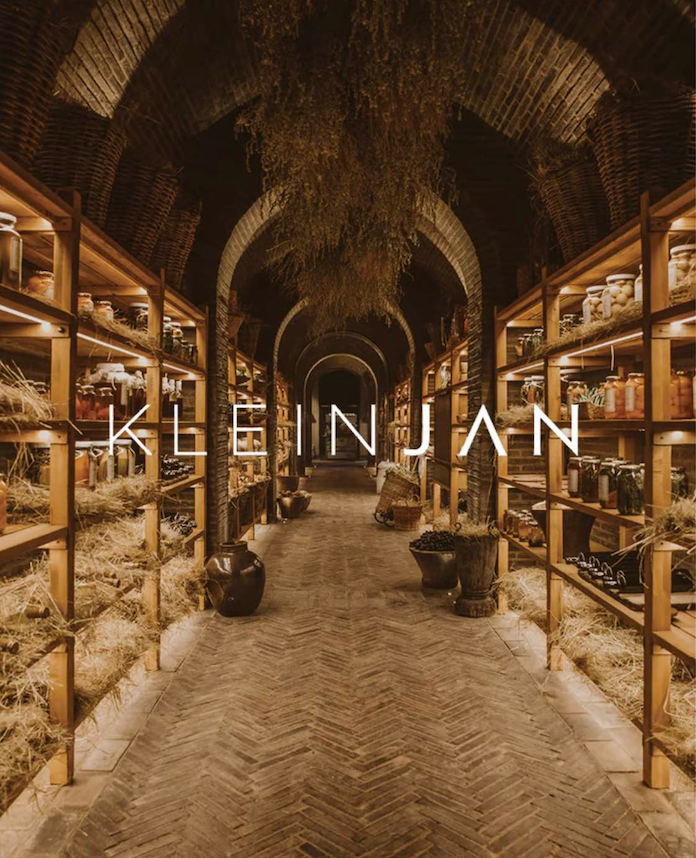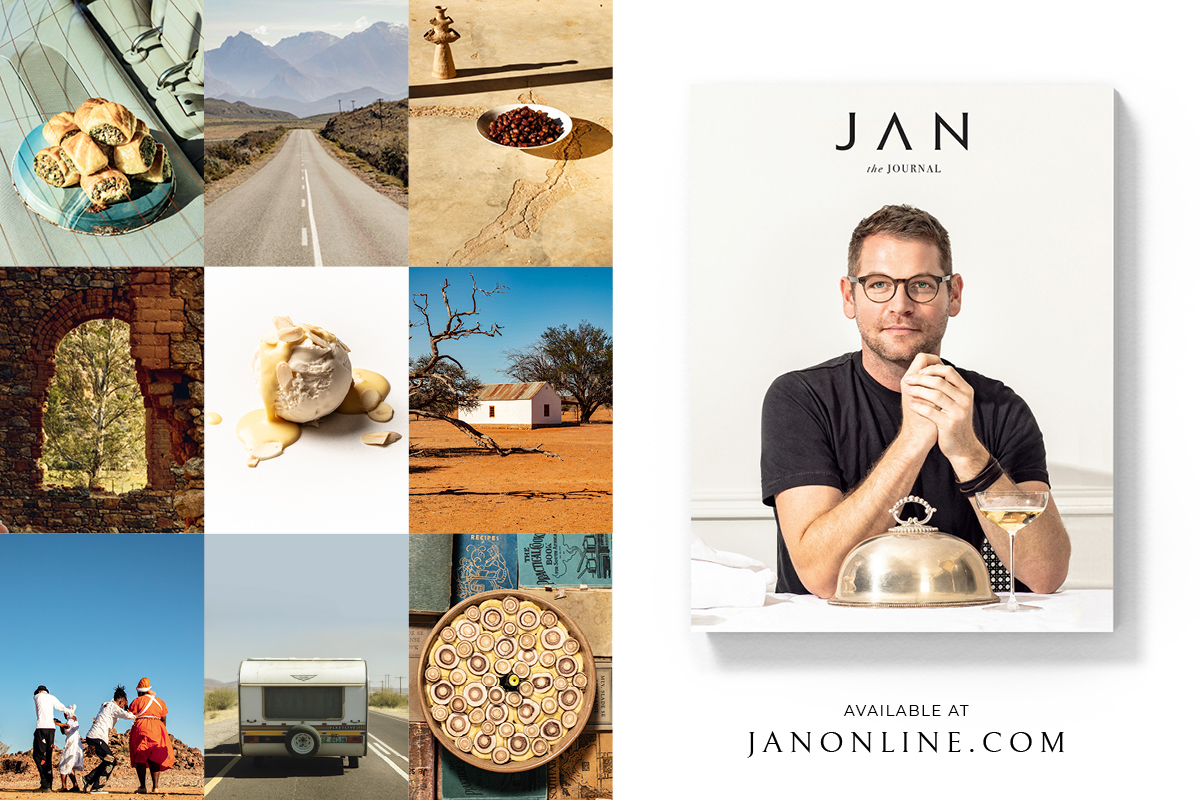GO SLOW
Our New Appetite for Slow Travel
Remember the Y2K hype? All that talk about how planes would fall from the sky at midnight, how all our money would be wiped from our bank accounts, and how even our printers would cease to print (unless we bought Y2K-compatible paper) – leaving us utterly vulnerable to general anarchy, civil unrest, World War III and alien invasions. Some of that didn’t happen. But the new millennium ushered in a brand-new era of supercharged travel. With the dawn of the budget airline (including discount on car rentals) worldwide, the way we travelled started to look a lot different.
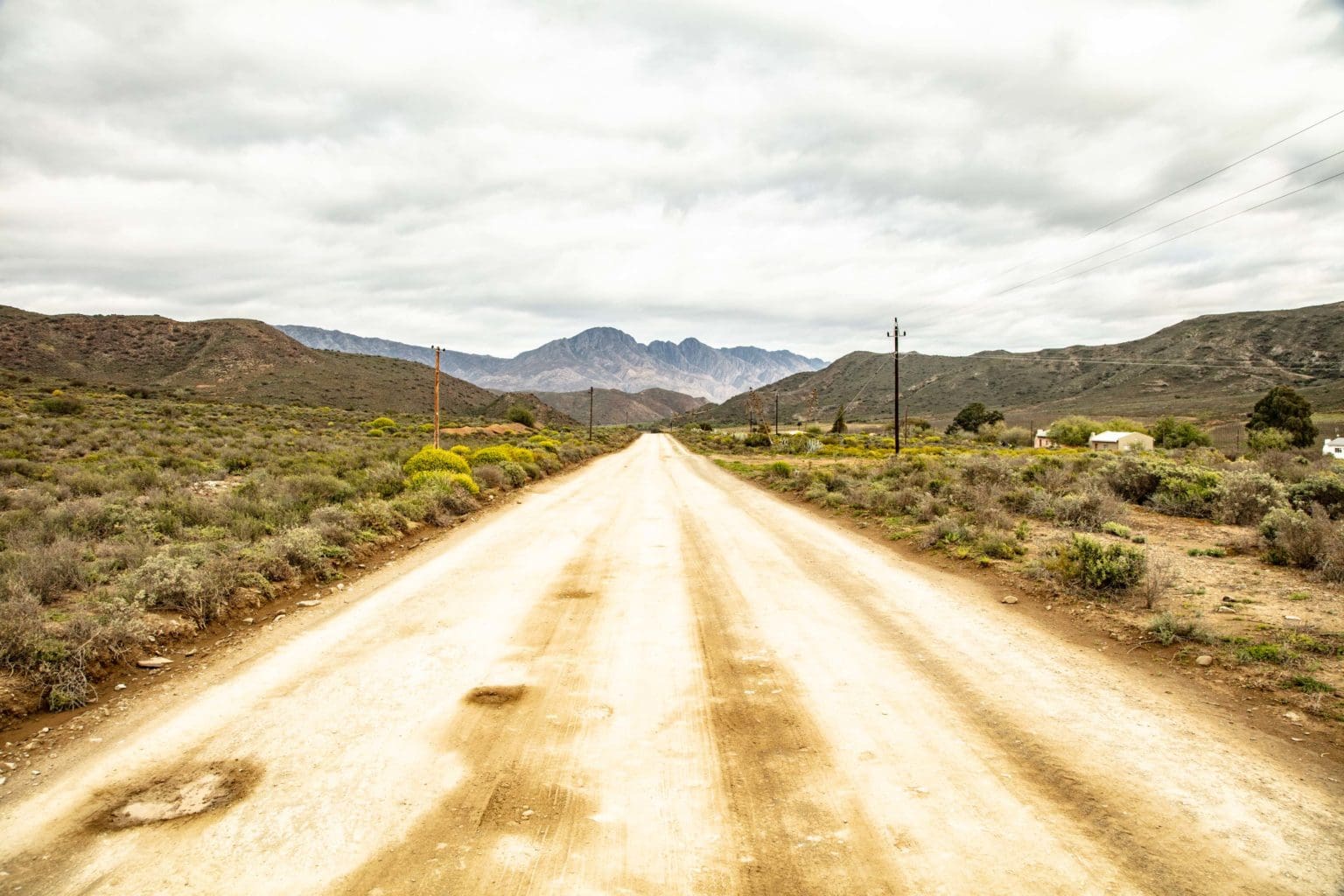
Apart from bad airline food and travel agents becoming a choice, we could suddenly tick off a whole handful of bucket-list destinations in a single trip (before we died). Enter Facebook and Instagram, and we could invoke some mass-scale FOMO at the same time. But at about the time we started replacing our social check-ins at whatever Starbucks in whatever award-winning international airport with instructions on how to wash our hands (circa March 2020, if you follow), travel – that greatest of nomadic pleasures – became meaningful again.
Indeed, when the first wave’s lockdown was lifted, we took to the road (albeit warily), headed into the open and discovered what treasures had been waiting for us right here at home. While it would be a while until we could shake hands with, hug and/or French kiss a stranger again, we had rediscovered our appetite for slow travel – whether by car, bicycle or foot – and it made us realise that what we had been missing all this time was realness; the kind you just can’t find at an overcrowded heritage site; the kind that involves real people doing real things, living a real life.
Heading out into the great wide yonder, things got really interesting, as we discovered when we set out on our journey from the Karoo to Kalahari to produce our stories for JAN the Journal Volume 6. These were some of our most treasured experiences:
CECILIA’S FARM
The Conradie family’s farm of Koelfontein currently supplies Woolworths with their mouthwatering range of rehydrated fruit, a story covered in greater depth in JAN the Journal Volume 6. But in recent years, the Conradies have launched Cecilia’s Farm (named after their daughter), an artisanal food brand that includes an array of fruit-and-nut-based snack food products – perfect for the road. Cecilia’s farm is also where you can find Koelfontein’s two, very amenable wines (Shiraz and Chardonnay). Our visit to the farm was, of course, a great privilege – and especially fable-like with the mountains covered in snow.
TJOL SE GAT
Something about stumbling upon a tiny, mid-19th-century toll-station-cum-roadside bar in the middle of the Karoo feels very Once Upon a Time in the West, especially when you arrive to find said establishment abandoned. It was only when we saw a small, bearded man running towards us while waving furiously from the lands that he’d just been ploughing across the road that we realised, that must be Tjol. With a name that loosely translates as “nonsense”, Tjol had presumably come by this affectionate moniker in one of those beer-fuelled moments when one of his companions remarked on the nature of the stories he told.
Spending an hour in the man’s company, however, one is transported to a world where time has long since forgotten its name, and people live for the thrill of the open road. One anecdote involved a biker gang’s annual pilgrimage whereby 250 easy riders descend upon Tjol se Gat for some refreshment before heading into the town of Sutherland 20 km away in nothing but their unmentionables.
DINOSAURS!
Travelling trans Karoo mid-August, we were suddenly met by a truly unexpected sight. Right across from Aquila Game Reserve’s main entrance there loomed a mixed herd of dinosaurs covered in large, canvas sheets, strolling ghostlike through a valley dappled with solar panels and weather equipment. The whole spectacle seemed like something out of a 1980s Spielberg film. Had this been a misty night, it would have completed the picture perfectly.
In reality, what we had found was Aquila’s Eco Synergy Systems tour, which focuses on sustainable tourism. Think recycling using Aquaponics, Hydroponics, and organic gardening. The pitstop also taught us more about the Spekboom (or miracle plant, as it is known here), which is able to fight climatic change and even improve the quality of breathable air. It is known to have the capacity of taking in about 4 to 10 tonnes of carbon from a hectare’s environment. This it does by acting like a carbon sponge that sucks in all the unwanted carbon, which is why each bedroom at Aquila has a small Spekboom plant.
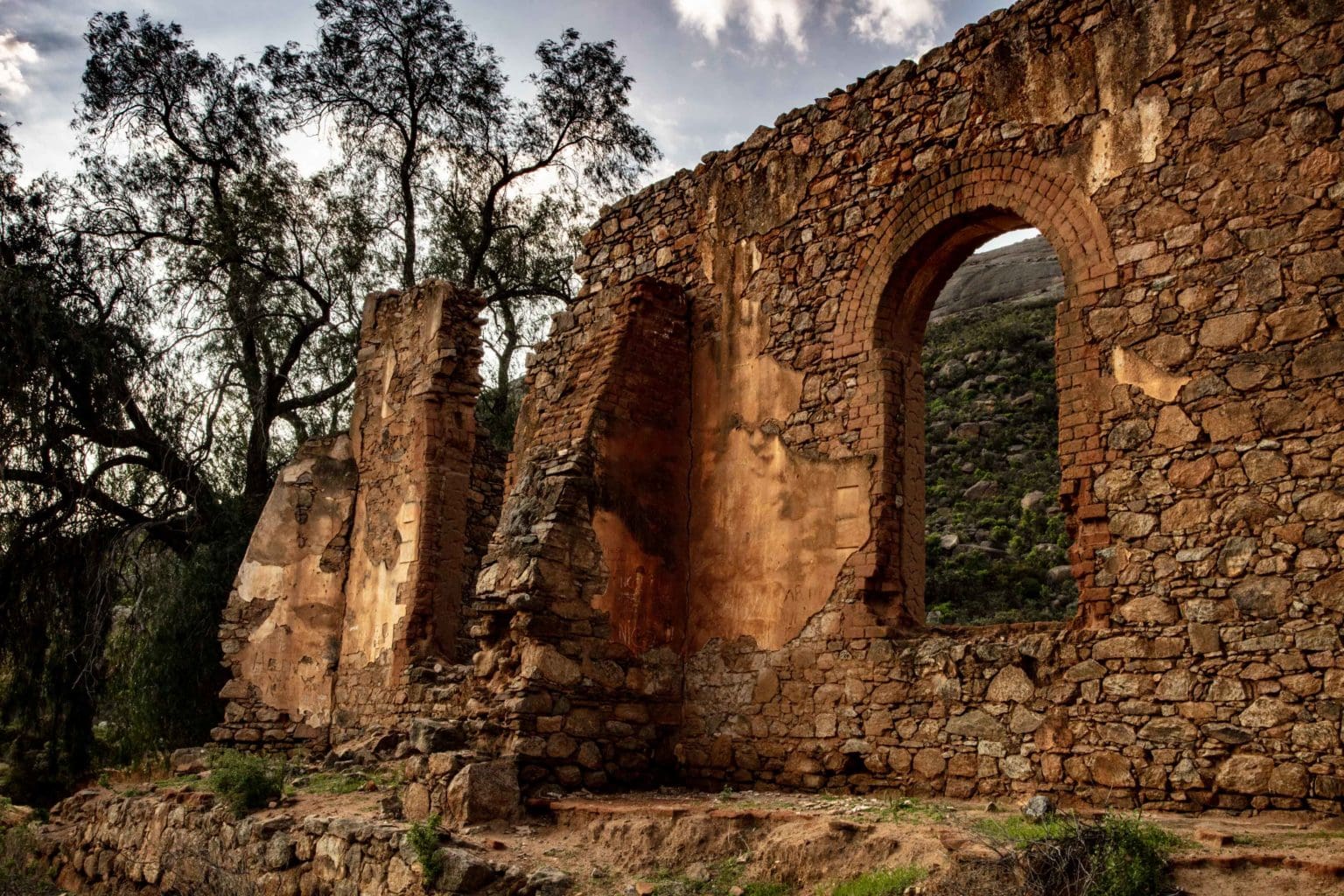
BOWESDORP PARISH
Less than an hour’s drive from Springbok (going south), hidden in a valley that was once the site of the farm Wilgenhoutskloof – just a stone’s throw north of Kamieskroon, the ruins of this 19th century parish guard the village of Bowesdorp, now a ghost town. At one time, the parish offered the people who lived here a sense of community; but as Springbok continued to flower into the protea of the Namaqualand, it got its own church, and the parish’s fate was sealed. We found this site by chance as we drove through the Namaqualand in search of a field of flowers. In the end, the parish became the perfect place to capture the spirit of this land.

